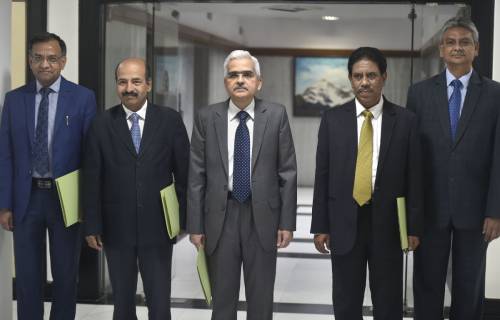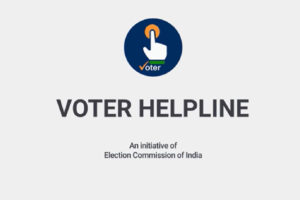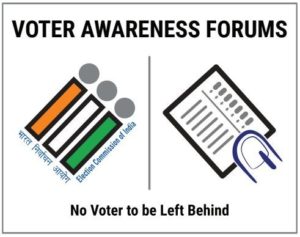The current lockdown which is being undone in stages across India with different states taking independent approaches has affected the business, income, and the overall money flow in the economy. It has been observed, that India had disparate results during the lockdown from increasing difficulty in getting quality food items at a reasonable price on one hand to the majority of urban buyers going for luxury purchases on the other. In this context, the study and observation of the money flow and monetary policy takes the centre stage. India has a body to carry out these functions, functioning since 2016; Monetary Policy Committee, which had decided that it would meet five times this year keeping in mind the extraordinary situation being faced by the country.
In terms of managing the money flow in an economy, there are two clear cut actionable ways to do it- fiscal policy and monetary policy. The fiscal policy relates to the management of the taxation, revenue collection, and expenditure by the government and it is laid out in the deliberative assembly of the country or the parliament. The Monetary policy refers to the actions carried out by the central bank of the country (RBI in the case of India) in terms of bank rate, the repo rate, reverse rate, CRAR, open market operations, and others.
In the year 2016, inflation was gradually becoming an elephant in the room for the Indian public finance and the monetary policy wonks. As a result, the monetary policy committee was formed to fix the repo rate (benchmark policy rate) to bring the inflation under control. It was composed under section 45ZB of RBI Act 1934. The MPC is composed of six members. Out of the six, government nominates three with the rider that no government official would be nominated to the MPC. The other three would be from the Reserve Bank of India with the RBI governor being the chairperson (ex-officio). Deputy-governor of the RBI for monetary policy would also be one of the members in the monetary policy committee along with an RBI executive director. The monetary policy committee established as per the recommendations of the Urijit Patel committee has been under a lot of scrutiny to the extent of its need in the monetary policy architecture in India.
Some of the key areas in which the MPC is supposed to guide the government are the inflationary trends, the slowdown in growth and liquidity deficit. All of the three issues have deteriorated to such an extent in the last five months, that in a combined form they have taken the shape of a financial imbroglio. Deciding on the adjustments of the policy rates takes into account multiple factors, inflation being one of them. The reported headline inflation is composed of the food, fuel, and core inflation data. The ever rising fuel price and the costlier food basket are symptomatic of the fact that all is definitely not well with the crawling economy. This begs the obvious question as to what is the point of having five MPC meetings in a year instead of four.
The continuous rising price of fuel can also result in delineation of a new category of inflation data. During the beginning of the lockdown period in India, the data collection by the central statistics office was disrupted. This had been adjusted by data collection by telephone calls at designated places and purchases made by CSO staff on the ground. Subsequently, after this modified version of data collection, the calculation and representation of food inflation data at the wholesale and retail level in rural and urban sectors can give a varied idea as to whether the prices actually went up or down. But there has been a consensus that households have paid more for protein based foods, refined oil, pulses, lentils among others which on an overall basis pulls up the expenditure data from households in a condition where there has been minimal travel with people mostly staying indoors. This scenario in the food price also has a bearing on the overall flow of money in the market across and up the supply chains.
The above observation demands an obvious question from the people participating in the MPC meetings, have they incorporated the pinch felt by the public in terms of their daily purchases in their decision making. Monetary policy brings within itself the money flow in the entire economy, so household expenditures cannot be ignored.
Are members of the MPC aware of how this lockdown skewed the Gini coefficient of India? But it would be too naïve to say that the Gini coefficient gives a complete picture of the money and inequality in an economy under a specific duration of time. MPC would do an informed job if they bring into their decision making an observed phenomenon known as the Cantillon effect. Proponents of this studied phenomenon argue that the last receivers of the new money in a system see the least increase in their purchasing power of their income with respect to the first receivers of new money (for e.g. the large industrialists). As per the time and placement of a person on a particular value chain, let it be of food, fuel, goods or services, the change in her/his purchasing power will vary. The monetary policy committee would do a better job if they bring in these perspectives in deciding on the various policy rates since the changes in the rates have different effects on different people in the economy. Otherwise having an extra monetary policy committee meeting this year will not bear any fruitful result.
This has been an exceptional year on many grounds at both the national and international levels. The committee formed under the aegis of the central bank of India-the RBi, is expected to bring in multilateral views and expertise while deciding on policy for such a large and diverse economy. It cannot become comfortable with a narrow one sided opinionated approach in dealing with the effects of the pandemic and the resultant lockdown on the Indian economy. The MPC should take care that the costs and benefits of any policy change should not have uneven distribution in the country which can be socially and economically disruptive.





